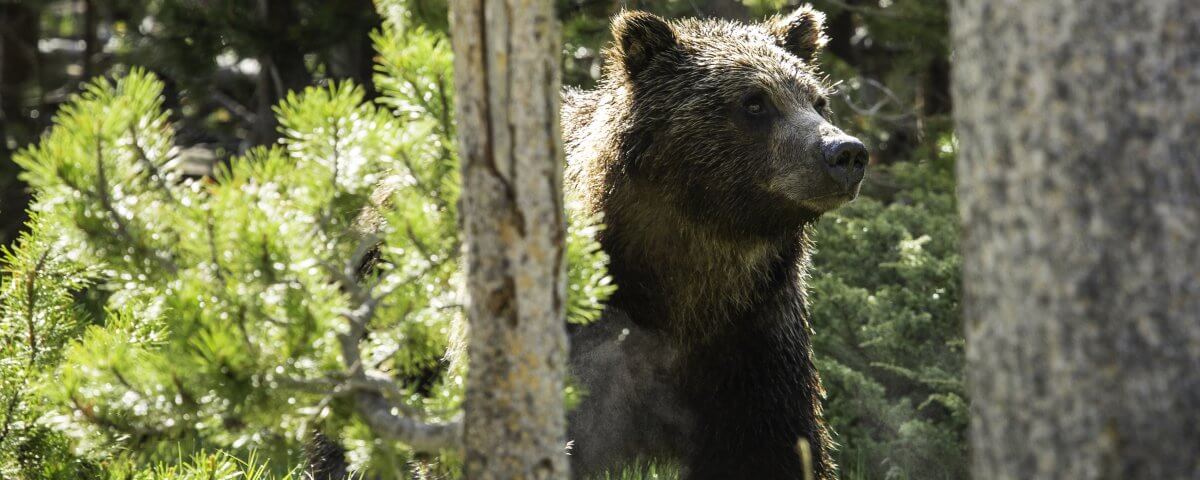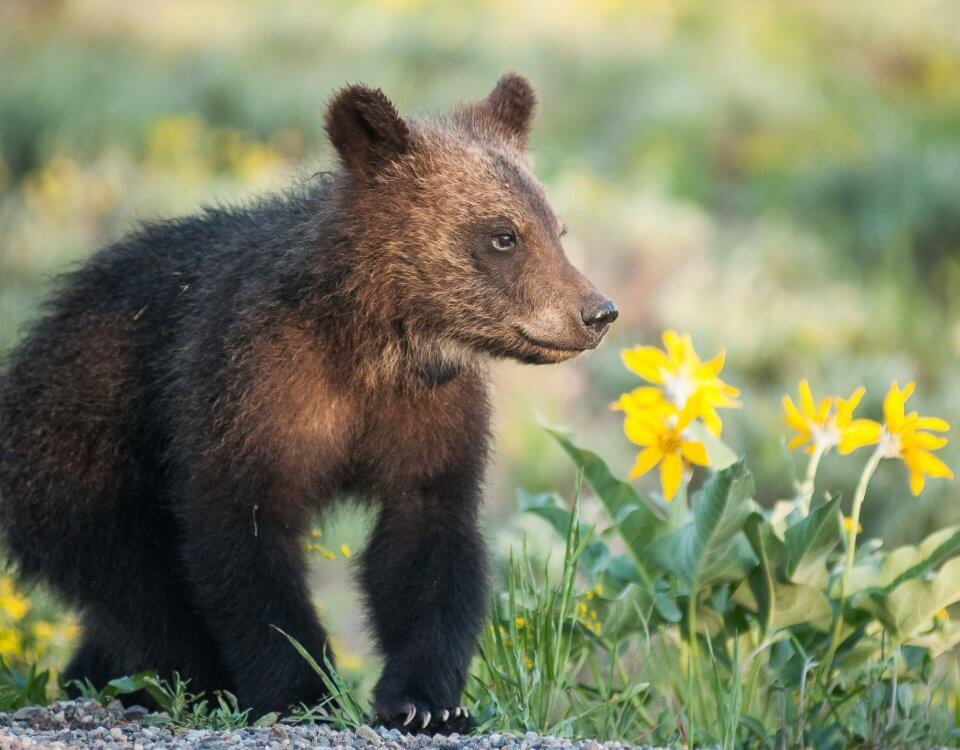National Park Service Identifies ‘Preferred Alternative’ to Restore Grizzly Bears to the North Cascades

MVCC is Hiring a Community Engagement Manager
March 4, 2024
It’s Dark Sky Week! April 2-9
April 2, 2024March 21, 2024 – The National Park Service and U.S. Fish and Wildlife Service have released the final environmental impact statement and grizzly bear reintroduction plan. Although a record of decision has yet to be signed, the agencies’ preferred alternative would restore grizzlies to their historic homelands, where they are functionally extinct. The agencies recommend a 10(j) rule that would give wildlife managers additional flexibility under the Endangered Species Act to responsibly manage bears. There is a legally mandated 30-day waiting period before a final Record of Decision.
“After years of advocacy the Upper Skagit Tribe looks forward to the day the great bear returns to the rugged North Cascades which our people previously shared with grizzlies for thousands of years,” said Scott Schuyler, policy representative for the Upper Skagit Tribe, whose territory lies within the recovery zone. “We thank leaders at the National Park Service, U.S. Fish and Wildlife Service, and Department of Interior for their intention to restore a cultural icon in the North Cascades.”
The North Cascades Ecosystem holds one of the most remote and rugged mountain ranges in the country and is one of only two grizzly bear recovery zones without an established population. The area is one of North America’s premier intact ecosystems and features optimal habitat for grizzlies. However, the last confirmed sighting of a grizzly bear was in 1996. Habitat fragmentation and the low numbers of grizzlies in nearby populations make it highly unlikely that grizzlies would naturally recover in this area.
Under the preferred alternative, agency biologists would translocate a few bears from healthy source populations into the North Cascades over several years until an initial population of 25 is reached.
“The Snoqualmie Tribe is excited to hear this news, and to know that this hard-fought effort to bring home grizzlies is close to becoming a reality,” said Snoqualmie Indian Tribe Tribal Chairman Robert M. de los Angeles. “This is a critical moment in history, with governments, organizations, and individuals working together to welcome grizzlies back after human action removed them from their home. Snoqualmie thanks the leadership of our congressional leaders, the National Park Service, U.S. Fish and Wildlife Service, and the Department of Interior for their persistent work and advocacy.”
For years, advocates in Washington state and beyond have weighed in supporting efforts to help the declining population of grizzlies and reintroduce bears to their historic habitat. The agencies’ proposal to redesignate the North Cascades grizzlies as an “experimental population” has helped the effort gain support, as the bears will be gradually reintroduced and carefully managed.
“The agencies have shown that they are listening to local communities like ours by including necessary management flexibility for a successful reintroduction effort in the long run,” said Jasmine Minbashian, executive director of Methow Valley Citizens Council. “In eastern Washington, human-bear coexistence initiatives are already in progress. With the right resources focused on bear-smart infrastructure and education, rural communities can be a proud partner in the triumphant return of our majestic grizzly bears.”
MVCC is a part of the Friends of the North Cascades Grizzly Bear coalition, a group of organizations working to support restoring a healthy population of grizzly bears to the North Cascades.
Resources:
Find a comprehensive FAQ on the grizzly bear restoration process here.
Learn more about why MVCC support grizzly restoration to the North Cascades here.


